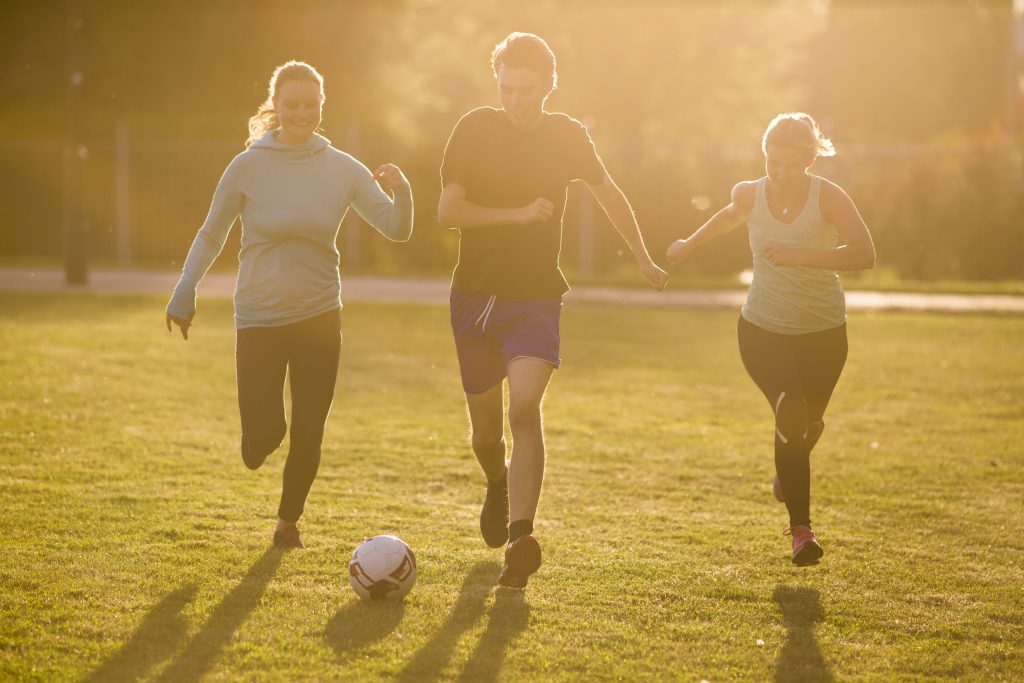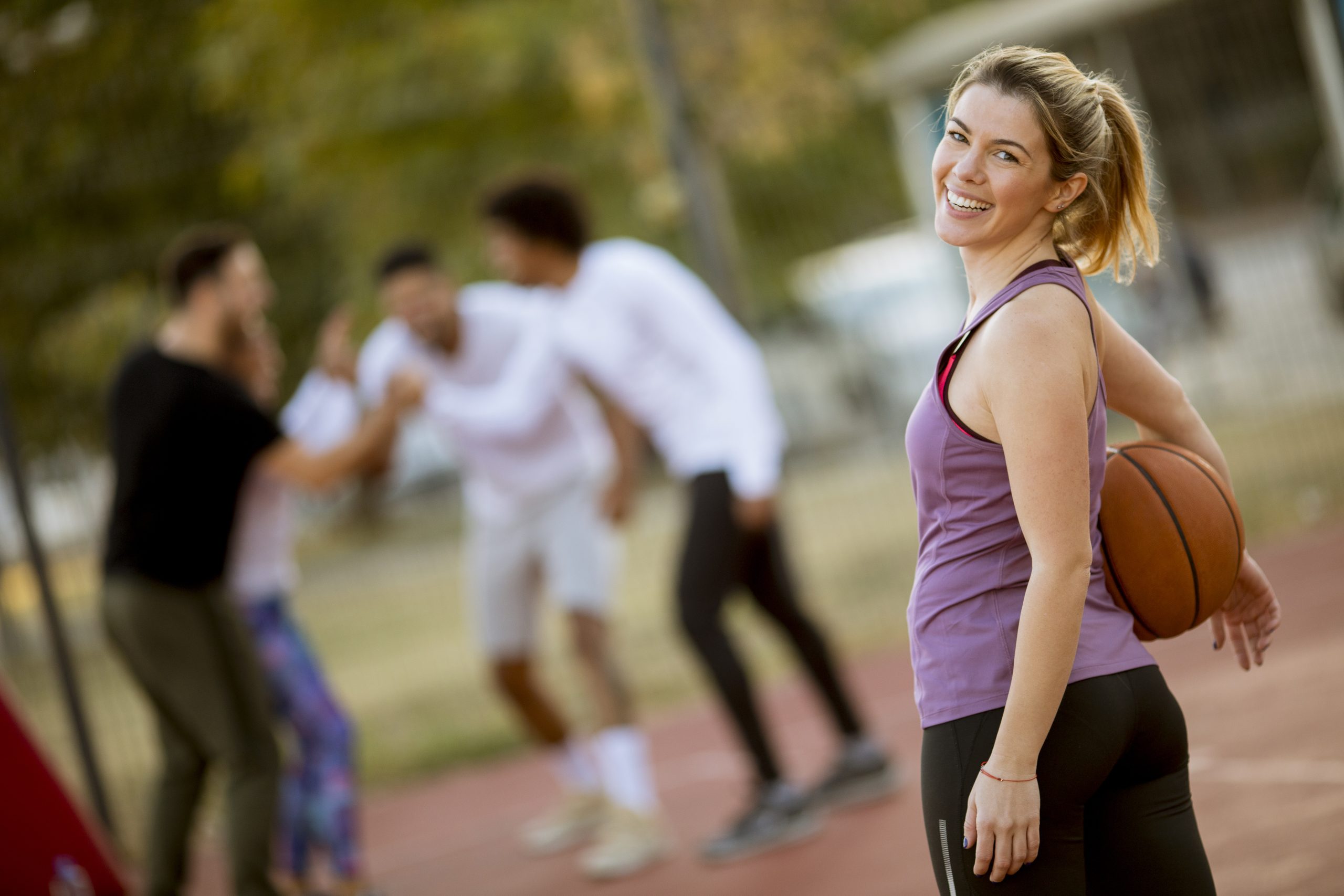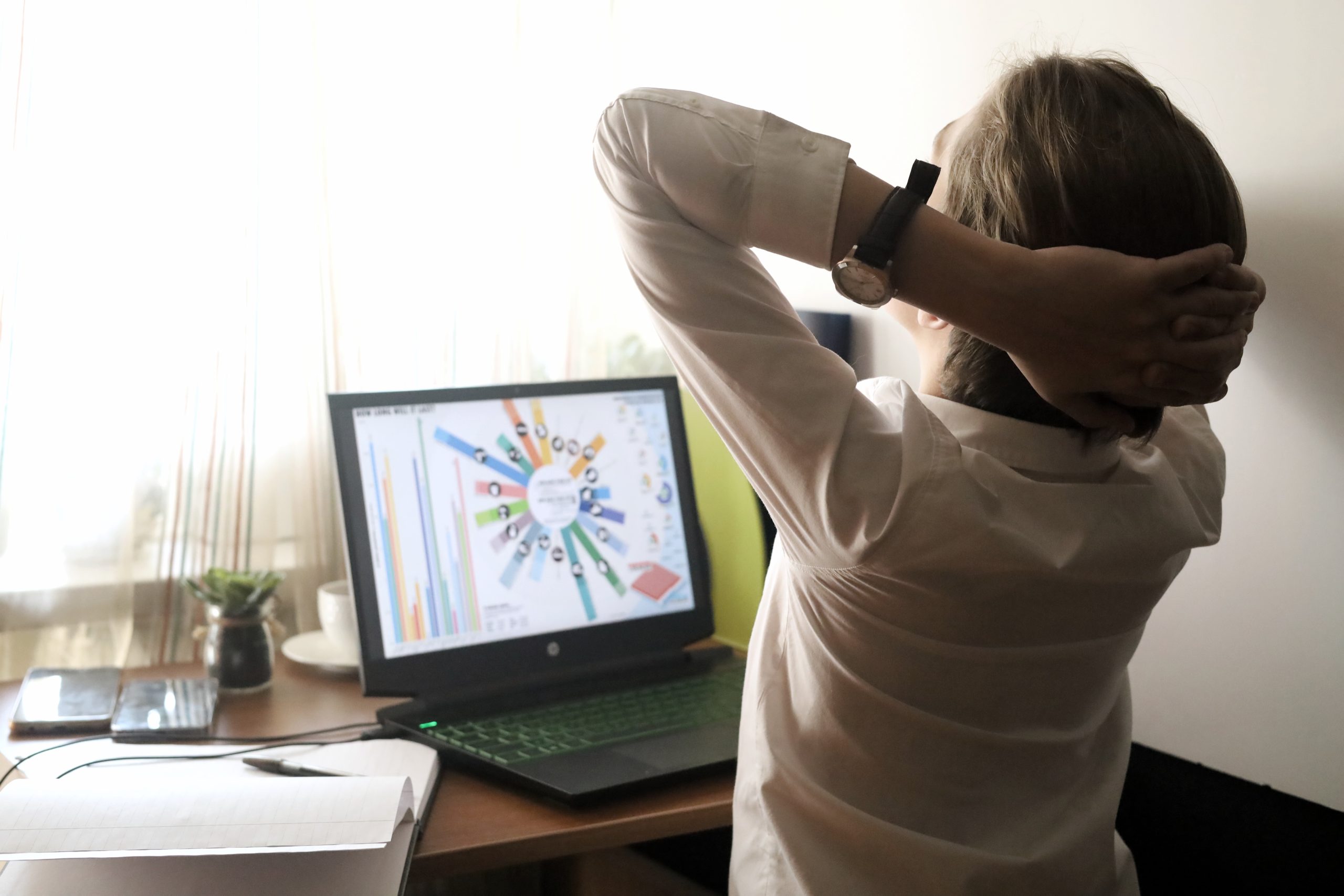The Connection Between Physical Activity and Mood: Finding Your Balance
Have you ever noticed how a simple walk can sometimes transform your entire day? Perhaps you’ve dragged yourself reluctantly to a dance class only to leave feeling inexplicably buoyant. Or maybe you’ve observed how your overall outlook seems brighter during periods when you’re more physically active.
This relationship between movement and mood is something humans have intuitively understood for millennia, long before modern science began exploring the fascinating connections between our physical and mental states. Today, we have a deeper appreciation of this relationship—not as a quick fix for specific conditions, but as an important component of general wellbeing.
At Nuvola Health, we believe in empowering Australians with knowledge about the various factors that contribute to overall wellness. Understanding the connection between physical activity and mood can help you make informed choices about incorporating movement into your daily life in ways that support your personal wellbeing goals.
The Modern Movement Challenge
In today’s world, many of us face unprecedented challenges to natural movement:
- Desk-bound work keeps us sedentary for hours
- Screen-based entertainment replaces physical play
- Urban environments can limit spontaneous activity
- Time pressures make dedicated exercise feel impossible
- Fluctuating energy and motivation levels create inconsistency
The Australian Institute of Health and Welfare reports that over half of Australian adults don’t meet the recommended physical activity guidelines. This isn’t surprising given these modern challenges, but it does suggest we might be missing opportunities to positively influence our general wellbeing.
Understanding the Body-Mind Connection
The relationship between physical activity and mood isn’t mystical—it’s rooted in our biology. When we move our bodies, several processes occur:
Neurochemical changes: Physical activity is associated with the release of various substances in the brain that play roles in regulating mood, including endorphins, which contribute to feelings of wellbeing.
Stress response regulation: Regular movement helps modulate our body’s stress response systems, potentially contributing to greater resilience against everyday stressors.
Improved sleep quality: Regular physical activity is linked to better sleep patterns for many people, which itself has profound implications for mood and overall wellbeing.
Temperature regulation: The warming effect of exercise may help promote relaxation responses in the body.
Rhythmic movement: Activities with repetitive, rhythmic motion (walking, swimming, cycling) can create meditative states that calm mental chatter.
These mechanisms help explain why movement can influence how we feel—not as a treatment for specific conditions, but as a natural aspect of human functioning that modern lifestyles often neglect.

Finding Your Movement Style
One size definitely does not fit all when it comes to physical activity. Different types of movement offer different experiences:
Aerobic Activities
Walking, jogging, swimming, cycling, and dancing get your heart rate up and breath flowing. These activities are often associated with mood benefits, particularly when done at moderate intensities that allow you to still maintain a conversation.
Activity idea: A 20-minute walk during lunch break can provide a natural break in your day and gently elevate your heart rate.
Strength-Building Movements
Resistance training using body weight, bands, or weights engages different physiological systems. Many people report feeling a sense of accomplishment and capability after strength sessions.
Activity idea: Simple body-weight exercises like modified push-ups, squats, or chair dips can be done at home without special equipment.
Mindful Movement Practices
Yoga, tai chi, qigong, and similar practices integrate movement with breath awareness and attention. These approaches often emphasise the mind-body connection explicitly.
Activity idea: A 10-minute gentle stretching routine with focus on your breathing can serve as a bridge between work and home life.
Everyday Movement (NEAT)
Non-Exercise Activity Thermogenesis (NEAT) refers to the energy we expend during ordinary activities like cooking, gardening, playing with children, or even fidgeting. These movement “snacks” throughout the day add up.
Activity idea: Taking stairs, parking further from entrances, or standing during phone calls can increase daily movement without requiring dedicated exercise time.
Playful Movement
Activities we don’t even think of as “exercise”—playing backyard cricket, kicking a football with kids, impromptu dance parties in the kitchen—can be some of the most joyful forms of movement.
Activity idea: Put on music while cooking dinner and allow yourself to dance a little as you prepare food.
The Counterintuitive Approach: Sometimes Less Is More
Here’s something that might surprise you: more intense exercise isn’t always better for your mood. In fact, the relationship between exercise intensity and mood benefits often follows an inverted U-shaped curve. This means:
- Moderate-intensity activity is often associated with the most positive mood effects for many people
- Very high-intensity exercise can sometimes temporarily increase stress markers in the body
- Gentle movement can be particularly beneficial during periods of high stress or low energy
- Consistency often matters more than intensity for general wellbeing effects
This challenges the “no pain, no gain” mentality that can make physical activity feel intimidating. Instead, consider a more intuitive approach to movement that honors your body’s current state.
Matching Movement to Mood States
Different types of physical activity might serve you better depending on how you’re currently feeling:
When feeling anxious or scattered: Rhythmic, repetitive activities like walking or swimming can help create a sense of order and calm.
When feeling lethargic or low: Start with very small movement goals—even just five minutes—and choose activities that have previously been enjoyable.
When feeling stressed or overwhelmed: Gentle, mindful movements with breathing focus might provide a sense of groundedness.
When feeling energetic and positive: This might be a good time to try something more challenging or playful that uses your natural enthusiasm.
Learning to “read” your body’s signals and respond with appropriate types of movement is a skill that develops with practice and attention.
Creating Sustainable Movement Habits
Rather than focusing on willpower or motivation, consider these approaches to making movement a natural part of your day:
Environmental Design
- Keep comfortable walking shoes by the door
- Place resistance bands somewhere visible in your home
- Create a dedicated corner for a yoga mat
- Choose active transportation options when practical
Social Strategies
- Walking meetings with colleagues
- Activity dates with friends instead of just coffee or meals
- Family movement traditions like weekend bike rides
- Community sports or recreation groups
Habit Stacking
Attach movement to existing habits:
- Stretching while waiting for the kettle to boil
- Wall push-ups while brushing teeth
- Calf raises while standing in queues
- Five minutes of movement after finishing work
Technology as Support
While many apps and devices exist for tracking physical activity, the simplest approaches often work best:
- Calendar reminders for movement breaks
- Alarms to prompt standing after periods of sitting
- Music playlists specifically for walking or other activities

The Ripple Effect: Beyond Mood
The benefits of regular physical activity extend beyond immediate mood effects to influence many aspects of general wellbeing:
Energy regulation: Regular movement can help stabilise energy levels throughout the day, potentially reducing the extreme highs and lows that can impact wellbeing.
Cognitive function: Activities that increase heart rate are associated with better focus, attention, and creative thinking.
Social connection: Many forms of physical activity naturally create opportunities for meaningful connection with others.
Self-perception: The sense of capability that comes from moving your body can positively influence how you view yourself more generally.
These interconnected benefits create a ripple effect that extends into many areas of life, illustrating how physical wellbeing and mental wellbeing are not separate domains but deeply integrated aspects of human health.
A Balanced Perspective
It’s important to maintain perspective about physical activity. While movement can be a powerful positive influence on wellbeing, it’s just one of many factors that contribute to how we feel. Others include:
- Sleep quality
- Nutrition
- Social connections
- Meaningful activities
- Learning and growth
- Rest and recovery
Physical activity exists within this broader context, and its effects will vary based on individual circumstances, preferences, and needs.
Starting Where You Are
The most effective approach to incorporating more movement into your life starts with acceptance of your current reality. Consider these principles:
- Begin with tiny steps: Five minutes of gentle movement is infinitely more than zero minutes.
- Focus on consistency over intensity: Regular, moderate activity generally supports wellbeing better than occasional intense sessions.
- Choose enjoyment over obligation: The activities you actually enjoy are the ones you’ll continue.
- Practice self-compassion: Approach physical activity as a gift to yourself rather than a punishment or obligation.
- Celebrate movement in all forms: Every bit of movement counts—walking to the mailbox, playing with pets, gardening, dancing in your kitchen.
Final Thoughts
The connection between physical activity and mood offers a powerful opportunity to influence your own wellbeing through daily choices. By finding movement that resonates with your preferences and circumstances, you can tap into this natural relationship in ways that enhance your quality of life.
At Nuvola Health, we encourage a balanced, personalised approach to wellbeing that honors your unique needs and circumstances. Movement is simply one tool in your wellbeing toolkit—valuable not because it follows a specific prescription, but because it connects you with your body’s natural capacity for feeling good.
The journey toward incorporating more movement into your life isn’t about reaching a particular destination but about discovering what brings you genuine well-being along the way. Your body is designed to move, and in that movement often lies an underutilised source of everyday joy.
This article is educational in nature and does not constitute medical advice. For personalised health recommendations, please consult with qualified healthcare professionals. Nuvola Health is committed to supporting your wellbeing journey through evidence-based information and services.


